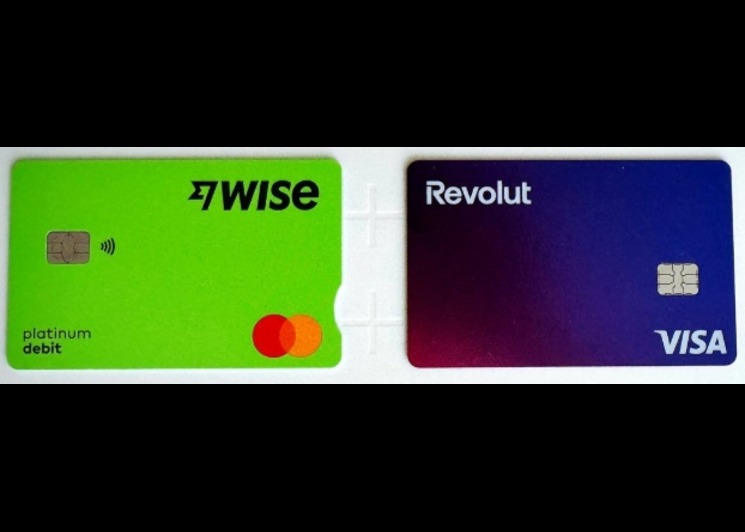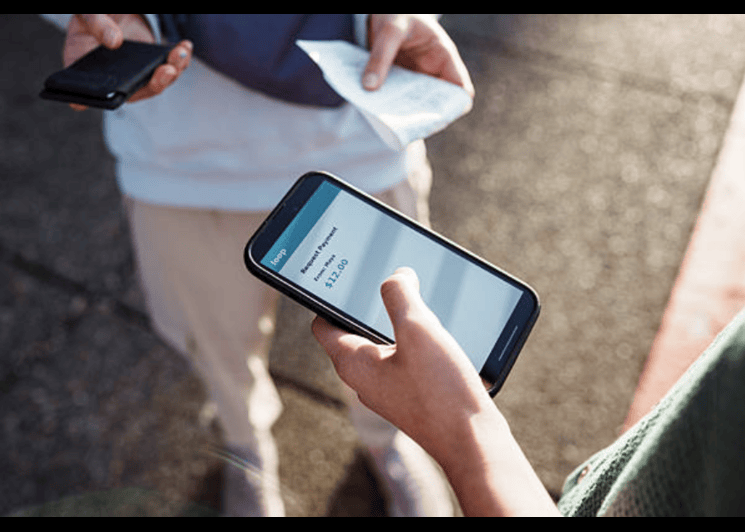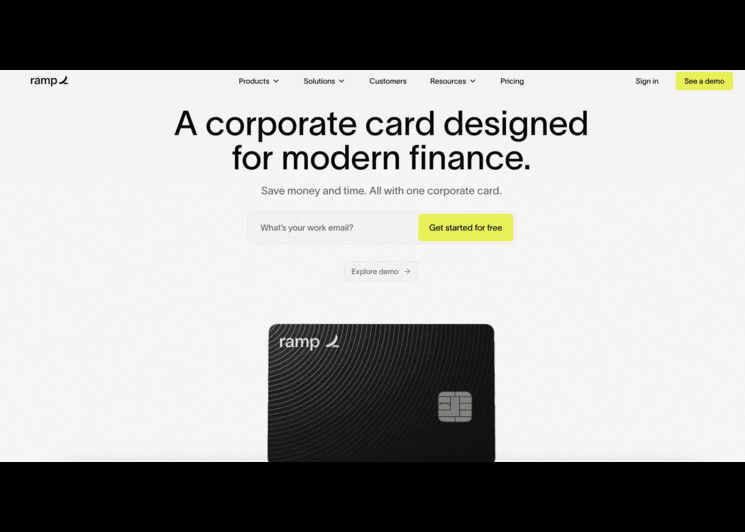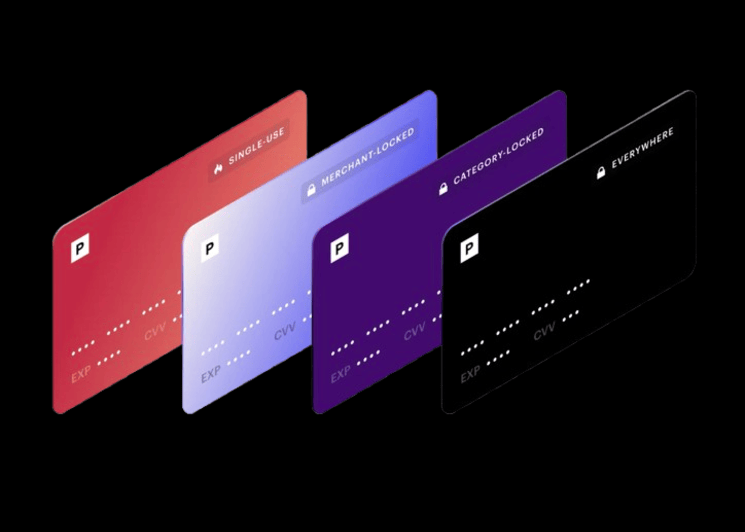What Payment Fraud Means; Its Types and Simple Ways to Prevent them
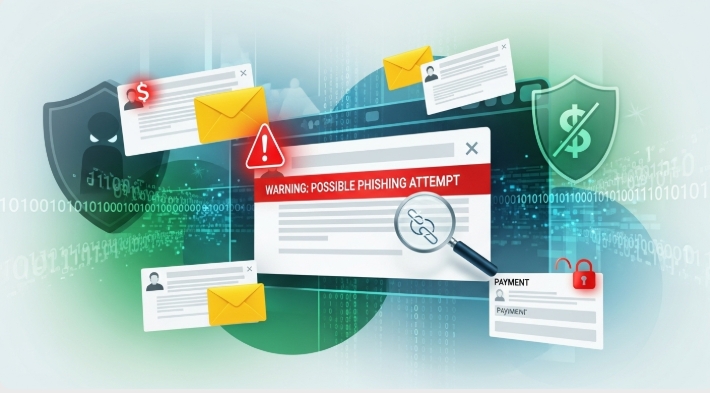
Payment fraud is a risk that affects everyone, from individuals managing personal finances to small businesses and large corporations handling complex transactions. It isn’t just about high-profile cyberheists; it can show up as subtle unauthorized charges, disputed payments, or manipulated invoices. The consequences are serious, ranging from financial loss to reputational damage and operational disruption.
Understanding what payment fraud looks like, the common methods used by criminals, and how fraud protection and fraud detection can help secure your transactions can make all the difference. With the right knowledge and precautions, you can reduce risk and stay ahead of evolving digital payment threats.
- What Payment Fraud Means; Its Types and Simple Ways to Prevent them
- What Payment Fraud Actually Means
- Common Types of Payment Fraud (and What They Look Like)
- 1. Phishing & Social Engineering
- 2. Skimming & Contactless Theft
- 3. Identity Theft & Account Takeover
- 4. Card-Not-Present (CNP) & Card Testing Fraud
- 5. Chargeback or “Friendly” Fraud
- 6. Business Email Compromise (BEC) & Invoice Fraud
- 7. Push Payment Fraud
- 8. Check & Paper-Based Fraud
- 9. Emerging AI-Driven Attacks
- Why It Matters — The Real Cost of Payment Fraud
- Simple and Practical Ways to Prevent Payment Fraud
- Strengthening Security with 3D Secure and Fraud Protection Layers
- How Bycard Reduces Payment Fraud and Protects Against Identity Theft
What Payment Fraud Actually Means
At its core, payment fraud refers to any act in which someone misuses payment methods (cards, digital wallets, bank transfers, checks, etc.) to obtain money or goods illegitimately. Implementing fraud protection and strong fraud detection measures can reduce exposure.
To put it into perspective:
- In 2024, about 79 % of organizations reported being victims of attempted or actual payments fraud.
- Between 2023 and 2028, online payment fraud losses globally are projected to exceed US$362 billion.
- Consumers lost more than US$12.5 billion to fraud in 2024, a jump of ~25 % year over year.
Essentially, payment fraud includes all the ways criminals try to exploit payment platforms to get unauthorized access to money.
Common Types of Payment Fraud (and What They Look Like)
Understanding the main types of payment fraud helps identify red flags early.
1. Phishing & Social Engineering
Fraudsters pose as trusted brands or colleagues to steal payment data or credentials, often via email or text. Once they gain access, they initiate unauthorized transactions.
2. Skimming & Contactless Theft
Devices placed on ATMs or POS terminals capture card details. In contactless theft, criminals use RFID scanners to wirelessly read card info from nearby wallets.
3. Identity Theft & Account Takeover
Here, attackers steal personal information to open new accounts or hijack existing ones. Once inside, they perform transactions under your identity, a growing issue in digital banking and wallet apps.
4. Card-Not-Present (CNP) & Card Testing Fraud
In online or mobile payments, the card isn’t physically presented, making it easier for stolen data to be used. Card testing happens when fraudsters run small transactions to check if a stolen card still works.
5. Chargeback or “Friendly” Fraud
A customer disputes a legitimate charge claiming it wasn’t authorized or the product never arrived. Businesses lose money and products in the process.
6. Business Email Compromise (BEC) & Invoice Fraud
Fraudsters infiltrate company email chains, sending fake invoices or changing payment instructions. This kind of payment fraud targets trust between businesses.
7. Push Payment Fraud
Victims are tricked into sending money themselves, believing it’s a legitimate request. Even though they authorize the payment, it’s still fraud.
8. Check & Paper-Based Fraud
Even in 2025, 63% of organizations still report check fraud (AFP). Criminals forge or alter payee details or intercept mailed checks.
9. Emerging AI-Driven Attacks
New threats include synthetic identity fraud and deepfake-based scams, where AI-generated voices or IDs bypass traditional fraud detection systems.
Why It Matters — The Real Cost of Payment Fraud
The cost of payment fraud goes beyond the money stolen.
- Financial loss: Chargebacks, legal costs, and operational downtime add up.
- Reputation damage: A single incident can erode years of customer trust.
- Operational stress: Businesses face increased audits, controls, and compliance burdens.
- Regulatory risk: Poor fraud protection can result in penalties under data and payment laws.
Only 22% of affected companies manage to recover more than 75% of losses
Simple and Practical Ways to Prevent Payment Fraud
Preventing payment fraud starts with layered defences, not just technology, but people and processes.
1. Strengthen Authentication & Access
- Enable multi-factor authentication (MFA) everywhere.
- Enforce strong, unique passwords.
- Limit access privileges by role.
- Monitor logins for unusual activity.
2. Transaction Monitoring & Fraud Detection
- Flag abnormal transaction patterns (unusual size, location, or speed) and use 3D secure verification for online payments to confirm legitimacy and reduce CNP fraud risk.
- Use AI-powered fraud detection tools with risk scoring, combined with fraud protection policies like alerts and limits.
- Apply velocity checks and IP blacklists.
These systems enhance fraud protection by spotting irregularities in real time.
3. Vendor & Invoice Verification
- Confirm vendor details via verified channels.
- Require dual approvals for large payments.
- Keep vendor lists updated and secured.
This reduces invoice manipulation and BEC attacks, two of the costliest forms of payment fraud.
4. Transparent Dispute & Refund Policies
- Use recognizable billing names.
- Keep clear proof of orders and deliveries.
- Maintain transparent refund policies to limit friendly fraud.
5. Employee Awareness & Education
Human vigilance is crucial for fraud prevention.
Train teams to detect phishing, verify requests, and pause before confirming payments. Run internal phishing simulations and reward alert behavior.
6. Encryption & Tokenization
Protect sensitive data by encrypting it in transit and at rest.
Tokenization replaces real card numbers with random tokens, making stolen data useless.
Add 3D Secure layers for online transactions to confirm legitimacy.
7. Leverage Insurance & Fraud Services
Some payment gateways offer chargeback insurance or real-time fraud scoring. Combining internal and external safeguards gives stronger protection against payment fraud.

Protects every payment you make!
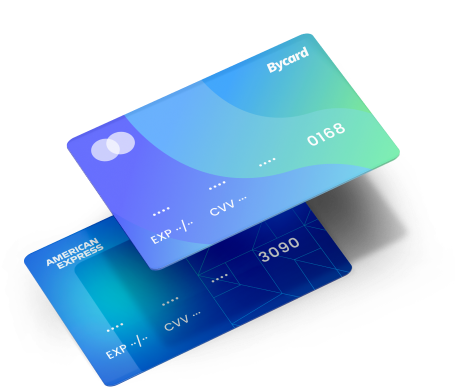
Strengthening Security with 3D Secure and Fraud Protection Layers
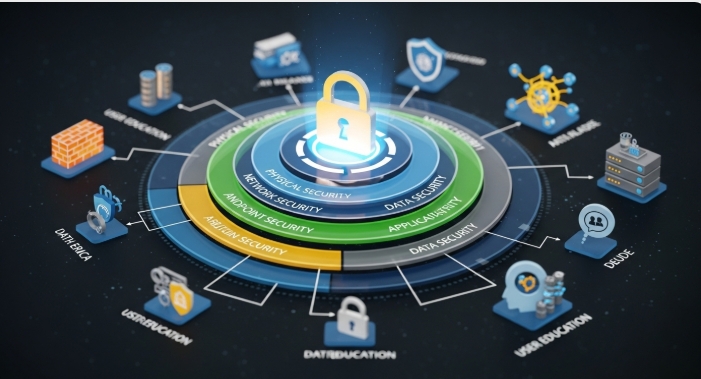
Here’s how an organization might combine several of these to build a fraud-resilient posture:
| Layer | Purpose | Example Control |
| Identity / Access | Prevent credential misuse | MFA, strong passwords, least privilege |
| Payment gating | Intercept suspicious payments | Risk scoring, velocity checks, flags |
| Vendor gateway | Prevent invoice / BEC fraud | Dual approvals, vendor verification |
| Transaction defense | Protect at runtime | Encryption, tokenization |
| Post-event controls | Recover & learn | Chargeback procedures, audits |
| Culture & training | Strengthen human barrier | Awareness training, phishing drills |
If implemented well, these controls significantly reduce your exposure to payment fraud.
How Bycard Reduces Payment Fraud and Protects Against Identity Theft

The shift toward virtual cards, wallets, and online transfers means security must evolve too. That’s exactly where Bycard leads, with technology built around fraud protection, fraud detection, and identity theft prevention.
Built for Fraud Prevention
Bycard’s system layers multiple defences at every transaction point:
- Virtual Card Control: Instantly create, freeze, or delete cards to neutralize stolen details.
- Dynamic Card Numbers: Each transaction generates a unique card number, ideal for preventing CNP fraud.
- Real-Time Alerts: Every payment sends an instant notification, letting users catch unauthorized actions immediately.
- 3D Secure & Encryption: Strengthens transaction authentication and keeps data hidden from malicious actors.
These features make Bycard a strong choice for anyone who wants fraud protection that’s proactive, not reactive.
Conclusion
Payment fraud is constantly evolving, but awareness and the right tools make all the difference. Understanding how different fraud types work, whether it’s phishing, card skimming, or identity theft, helps individuals and businesses stay alert. Still, awareness alone isn’t enough. Prevention needs to be built into the way we pay.
That’s why tools like Bycard matter. By combining fraud protection, fraud detection, and advanced security layers like virtual cards, encryption, and 3D Secure, and safeguards against identity theft. Bycard helps users take control of every transaction. Instead of reacting to fraud after it happens, you’re equipped to stop it before it starts.


